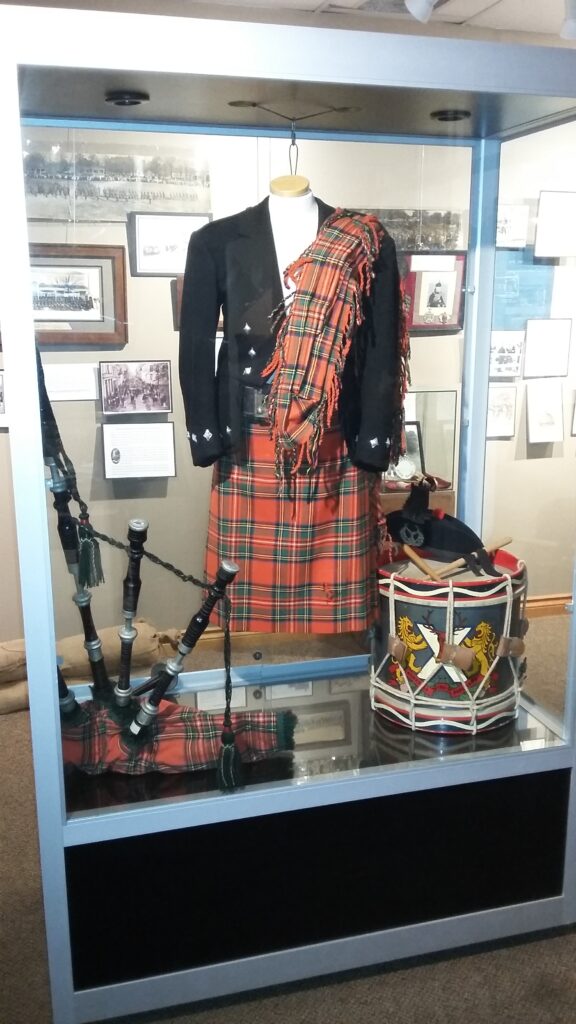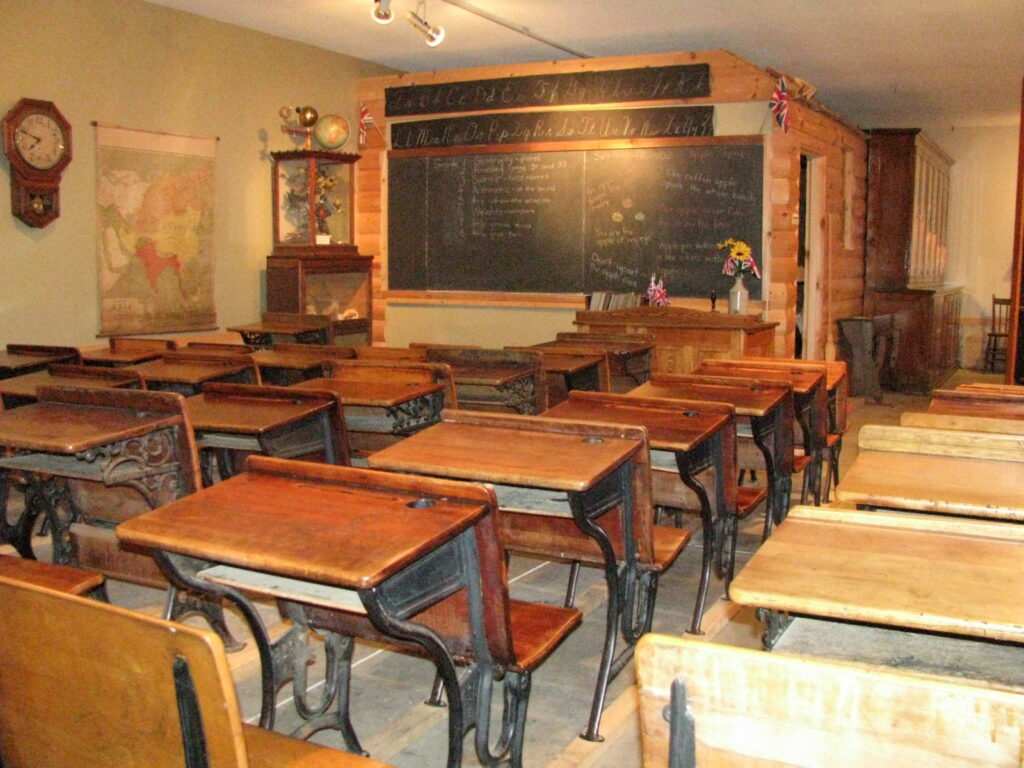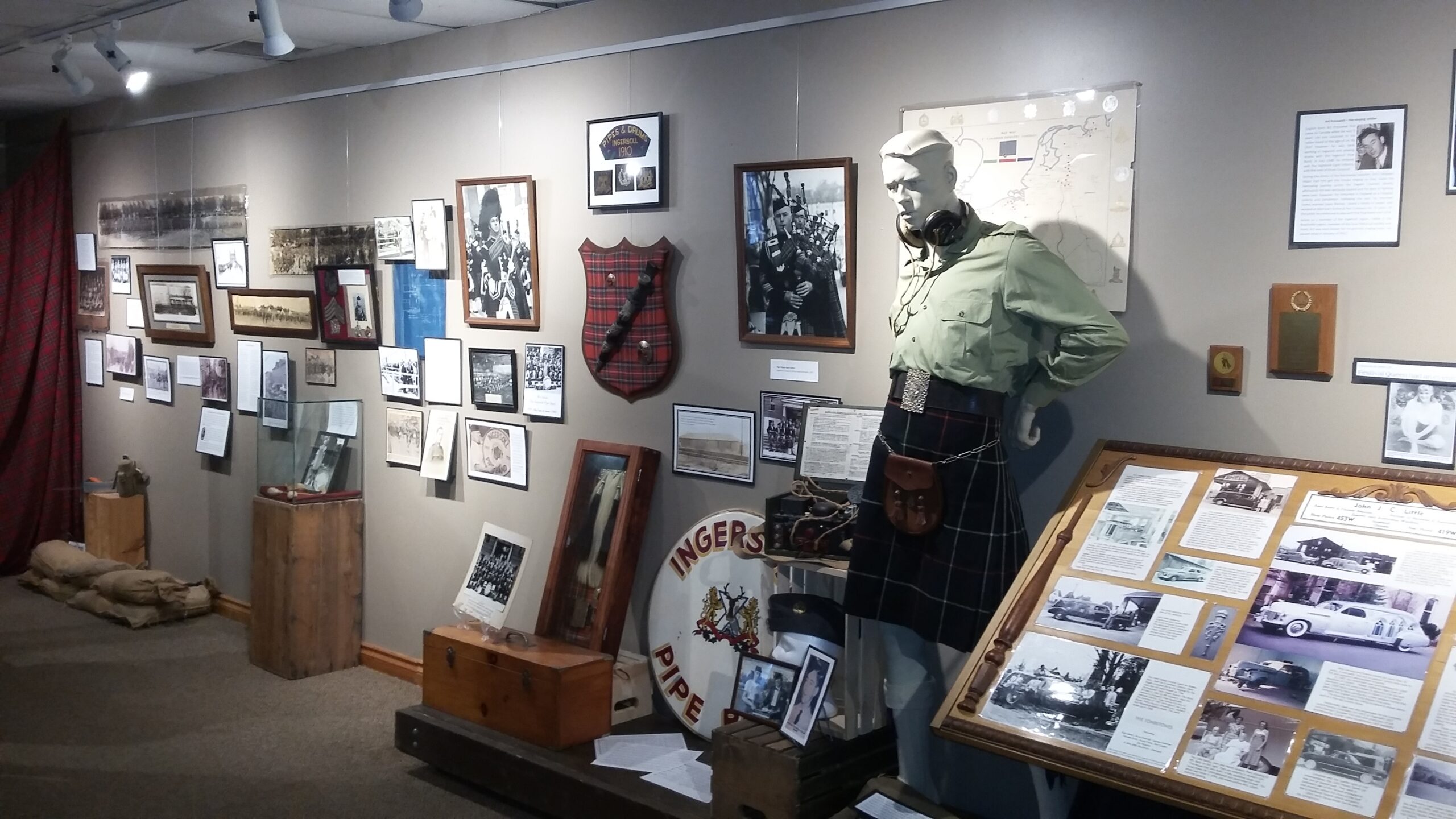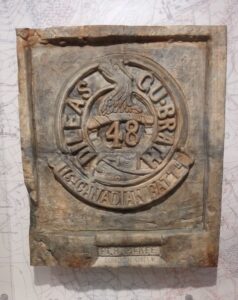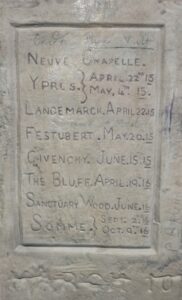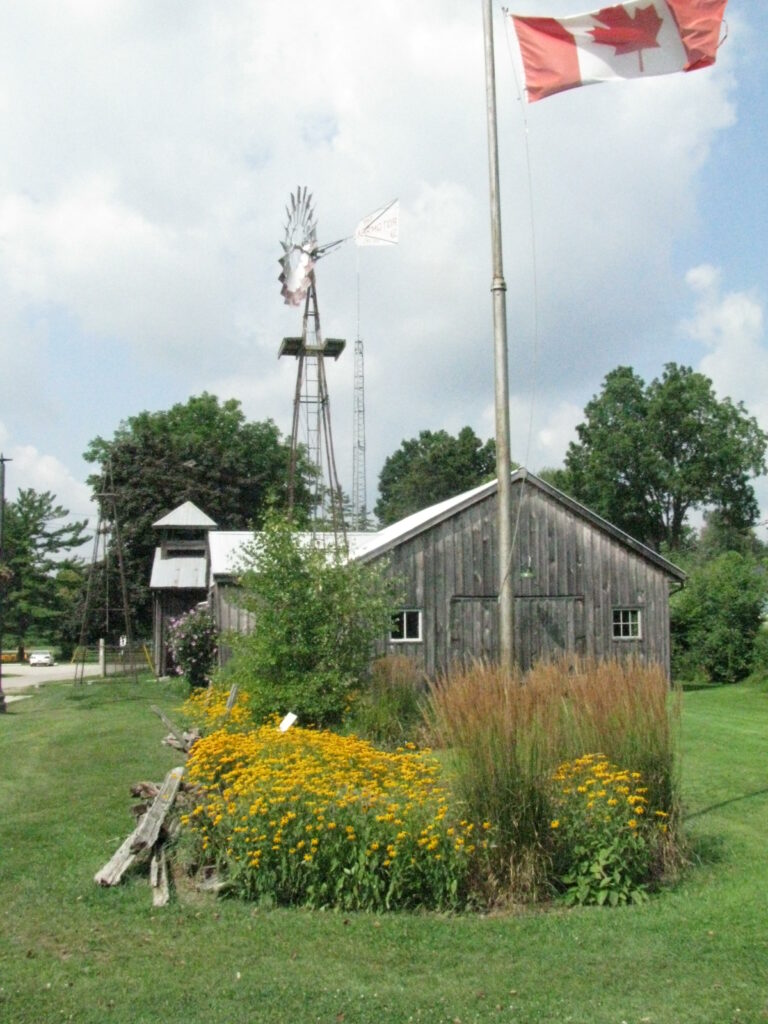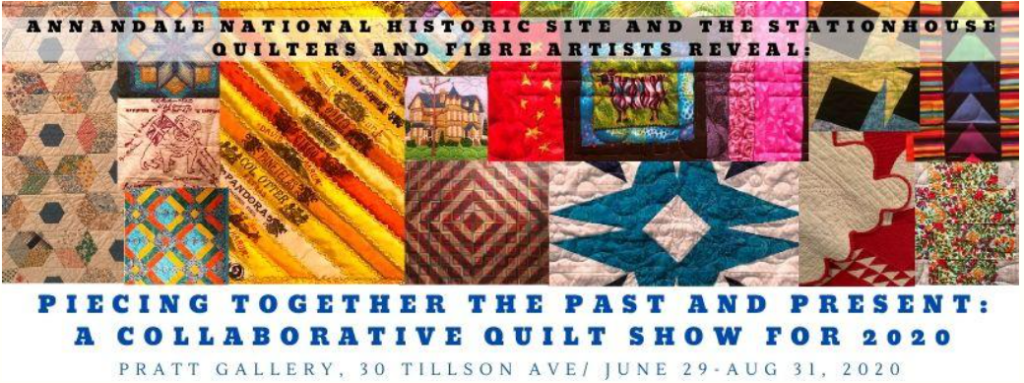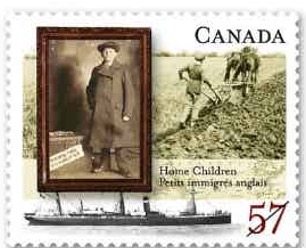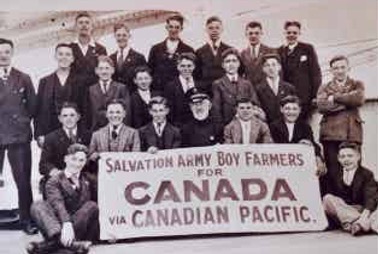Hello Everyone,
This guest post is presented by Michael Stainton, who was a missionary serving the Presbyterian Church in Taiwan from 1980 to 1991. It was there he first encountered George Leslie Mackay. He is founder and secretary of the Canadian Mackay Committee.
In 1997 he organized the first international conference on George Leslie Mackay. In 2005 he was in Taiwan as a consultant to a documentary on Mackay, “The Black Bearded Barbarian”, produced for OMNI TV. In 2006 he organized a conference on Canadian Missionaries in Asia, in which Mackay was one of the missionaries discussed. In 2007 he organized a panel on “Missionaries in Unaccustomed Contexts” at the Canadian Asian Studies Association East Asian Conference, where he presented on “George Leslie Mackay and the Head Tax”. He was consultant for the display of Mackay’s Taiwan Aboriginal Artifacts in the Royal Ontario Museum. Currently he is leading the campaign to get a Canadian stamp commemorating Rev. Mackay.
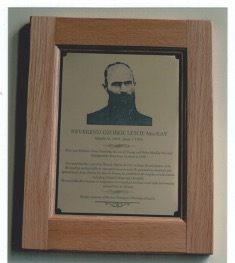
In this paper I try to demonstrate how the Zorra Pioneers created “the most famous of the sons of Zorra” – Rev. George Leslie Mackay. Growing up in that Highland Presbyterian frontier community equipped Mackay with the spiritual, intellectual, and practical skills which contributed to the unique success of his pioneering mission in Formosa from 1872 until his death in 1901. The gifts that Mackay gave to Taiwan, and the contributions he made to Canada, are part of the story and continuing legacy of those Zorra pioneers.
It was two hundred years ago this year, in 1820, that Angus and William Mackay became the first Scottish settlers of Zorra. A decade later, in 1830, some 360 Sutherland Highlanders arrived, who, “left their native land, not as a matter of choice but from necessity forced upon them by the covetousness of Highland landlords” (W.A Mackay 1899:22). Among these pioneers were George Mackay (1799-1885) and Helen Sutherland (1801-1885). Both were born in the fishing town of Dornoch, not on the Strath Naver. There must have been several families from around Dornoch, because they named Embro after the village on the coast about a kilometer north of Dornoch.
In the forest and swamps of Zorra they settled on what today is the 10th line in East Zorra-Tavistock, a farm marked by a cairn at the gate (though the farm is no longer in the Mackay family). Along with other Zorra pioneers they worshipped at the Old Log Church and are buried there. “GLM” was born March 21, 1844, the youngest of the six children.
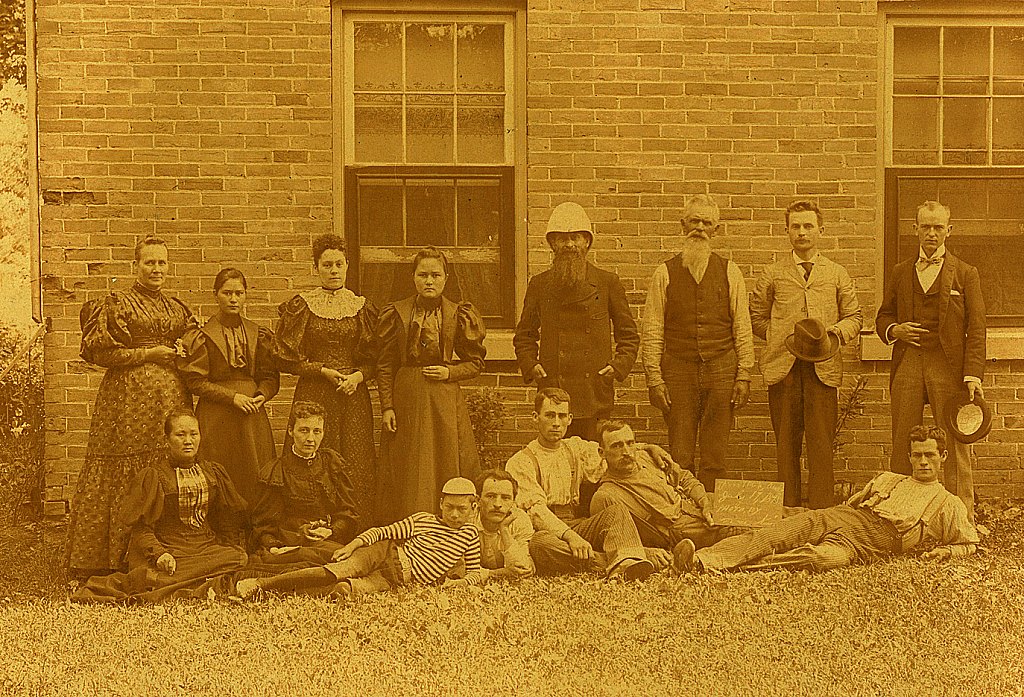
Collective Memory
Collective memory (or social memory) is “an expression of collective experience: social memory identifies a group, giving it a sense of its past and defining its aspirations for the future … (It is) a source of knowledge … provides the group with material for conscious reflection (Social Memory p. 26). But such memory is not just about the past – “memory provides a perspective for interpreting our experiences in the present and foreseeing those that lie ahead”. (Social Memory, p. 51).
Growing up in Zorra Mackay would have learned the collective memory of “the dark and gloomy days of the “Sutherlandshire Clearances” when hundreds of tenant farmers, who shed their blood for its duke, were, with their wives and families were evicted. … Ruined cottages, deserted churches, and desecrated graves were the “gloomy memories” they carried with them from Scotland.” (From Far Formosa p.14, hereafter FFF). Out of this Mackay took with him a strong sense of justice, and an approach to others that treated all as equals. This was noted by his contemporaries.
We must not conclude that collective memory determines the values and attitudes of those who share it, and thereby efface the agency of the individual, and certainly not such a powerful and unique personality as Mackay. But collective memory shapes powerfully and deeply. One only need to look the political power of the collective memory of residential schools or of slavery in Canada to understand this.
Joseph Beal Steere was professor of Zoology and Paleontology at the University of Michigan. In 1873 he travelled in China and Southeast Asia, spending 8 months in Formosa. Visiting Mackay in Tamsui:
“I found the walls of the house he occupied hung with rough charts and maps for his teaching geography and astronomy, and he was drilling a little band of young Chinese … During my stay with him I was astonished at the enthusiasm and zeal he had awakened in the young men who were studying with him, and I could not help attributing this to his innate American ideals (*Steere knew that Mackay was Canadian so uses American in the cultural sense) of the equality of all men before God; of the universal brotherhood of mankind; and the habit, growing out of this, of treating all men as equal. It seemed to me that he had a much more kind and frank way of treating the Chinese with whom he was associated, than had the European missionaries (* He meant the English Presbyterian mission in southern Taiwan) who with all their belief in the value of the human soul, have had such training in the difference between the high and low that they show, unconsciously, in every act, that they are dealing with an inferior race. I may have put too much stress on this; but it seems to me a subject worthy of consideration of all missionaries” (Steere 2002. Formosa and Its Inhabitants. Paul Jen-kuei Li, ed. Institute of Taiwan History, Academia Sinica. p. 162)
Spiritual Formation
Mackay’s “habit of treating all men as equal” did not come from some modern theory of human rights. It came from the evangelical Free Church faith into which Mackay was born (the Scottish Free Church schism came to Canada in 1844, the year Mackay was born. Embro Church joined the dissidents the same year), and lived to the day he died.
So, In his letter defending his controversial marriage to a “Chinese lady” in 1877 (Mackay to McLaren, Dec 17, 1877, Mission Reports Series 1 Vol 1, p. 177) , Mackay claimed the authority of Jesus – “and as I from my heart believe that Chinese and Canadians are exactly the same in the presence of our Lord I act accordingly”.
Much has been written on how the faith of the Zorra Pioneers shaped GLM. He wrote of it himself (FFF 1896: 14):
“Peace to the honoured dust of those brave pioneers! They were cast in nature’s sternest mold, but were men of heroic soul. Little of this world’s goods did they possess. All day long their axes rang in the forests, and at night the smoke of burning log heaps hung over their humble homes. But they overcame. The wilderness and the solitary place have indeed been made glad. And more. They worshiped and served the eternal God, taught their children to read the Bible ad believe it, listen to conscience and obey it, observe the Sabbath and love it, and to honor and reverence the office of the gospel ministry. Their theology may have been narrow but it was deep and high. They left a heritage of truth, and their memory is still an inspiration. … Men may talk slightingly today about that “stern old Calvinism.” They would do well to pause and ask about its fruits. What other creed has so swept the whole field of life with the dread artillery of truth, and made men unflinchingly loyal to conscience and tremorless save in the presence of God?“
“The evangelical Calvinism of Mackay’s native Scotland shaped his evangelistic work in Formosa from the moment he arrived until his death. It included an unwavering belief in divine sovereignty and a deep sense of God’s providence which he conveyed to his ministerial students through sermons, catechism, and scripture, and in the study of science through the inductive Baconian method whose goal was to teach them “the wonderful creations of our God.” (Van Die 2012:31)
Mackay never left this faith, and on occasion vigorously defended it against the more lax urban practice of other Presbyterians. At the height of his fame, in the Montreal Anniversary Missionary Meetings in November 1880, Mackay the evangelical did not hesitate to criticize the very churches which were funding his work:
Rev. Dr. G.L. Mackay of Formosa …made a few closing remarks. When he surveyed the Church as a whole his heart was saddened by the apathy and indifference which largely prevails in regard to vital Christianity. … Many of the churches were dead. Even in this great wealthy and highly favored city of Montreal there were dead churches. Too much money by far had been expended upon church edifices, and too many congregations were as a consequence carrying a load of debt which they found to be an intolerable burden. The system is wrong, it is wicked, and its effect upon the mission schemes of the church is disastrous. Then he thought the Church was too easy and compromising in relation to the world. It is too ready to meet society and fashion and frivolity half way, and so delude people into thinking they could serve two masters. The thing is impossible. People may disparage the Covenanters, to call them misguided fanatics, but there was a sterling ring about the Christianity of these men, who counted not their lives dear to them that they might witness a good confession. We want society and the church to be permeated with a spirit like theirs, and then we shall be able to do great things for the Lord’s cause at home and abroad. (Presbyterian Record VI:2 February 1881:14)
That spirit energized Mackay for 30 years of exertion in Taiwan. And the exertions of childhood in a frontier farming community gave him the physical stamina to match.
Frontier Dentistry
There was no dentist in old Zorra, though in 1852 there was one physician in West Zorra. In fact there were only two dentists in all Oxford County – in East Oxford and Norwich. So you did DIY dentistry or suffered. Though Mackay did take some basic missionary medical training at Princeton, we can assume that he first learned his dental skills in Zorra. This is clear in his account of how he pulled his first tooth in Taiwan (FFF 1896:351):
“My first attempt to extract a tooth was in 1873. On leaving Tek-chham with the students one day we were followed by a dozen soldiers who had been sent to watch our movements. One of their number was suffering intense pain from a decayed tooth; he said, “There is a worm in it.” I had no forceps but after examining it I got a piece of hard wood, shaped it as desired, and with it removed the tooth. It was primitive dentistry to be sure, but the tooth was out, and the poor soldier wept for joy and was most profuse in his gratitude.“
Mackay did not plan to pull teeth when he went to Taiwan, but here on the road was a call to “listen to conscience and obey it” in the spirit of Jesus. Out comes the farmboy pocket knife, his experience carving wood, the memory of how it was done in Zorra, and courage to give it a try.
Mackay discovered that (FFF1896:316):
“The priests and other enemies of the mission may persuade people that fever and other diseases have been cured, not by our medicines, but by the intervention of the gods; but the relief from toothache is too unmistakable, and because of this tooth extracting has been more than anything else effective in breaking down prejudice and opposition.”
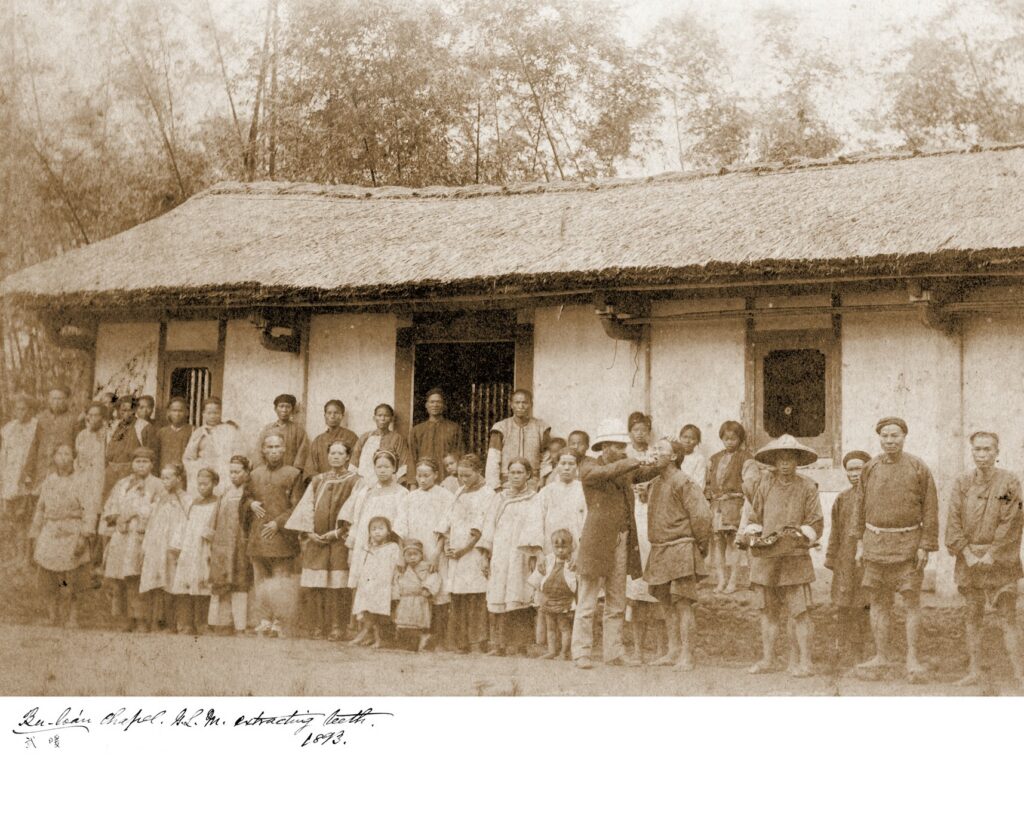
Frontier dentistry became central to his evangelism. There are over 200 references to pulling teeth in his Diary.
“Our usual custom in touring through the country is to take our stand in an open space, often on the stone steps of a temple, and, after singing a hymn or two, proceed to extract teeth and then preach the gospel.”
Singing Hymns
The hymns (or more correctly psalm paraphrases) sung in Zorra were sung acapella in Gaelic led by a precentor. It was not until 1900 that the Embro Church installed an organ. W.P Mackay (1899:79ff) vividly describes the effect on the congregation of “those majestic Psalms in the old Gaelic airs, right heartily did the whole congregation join, until there was a volume of sound surpassing in power, if not in harmony, anything furnished us today by our choirs and “kists o’ whistles”.
As they still do, these hymns communicate with emotional colour the elements of faith, planting it firmly in the heart of even boys who fell asleep during the two hour sermons and envied the Methodists because they did not have to memorize the Scottish Catechism.
There are hundreds of references to singing hymns in Mackay’s Diary. We can assume that he taught them to his students in Minnan (language spoken by the majority of people in Taiwan) and led them as precentor. Probably Mackay had obtained a copy of the early Minnan hymnbook of Rev. William Young of the London Missionary Society.
“After breakfast and the Singing of Several hymns I told A Hoa that he could leave if he choose and return to Tamsui or remain inside or follow me into the Streets. In a moment he was at my side, the rest followed immediately so together we walked out and along the main road or Street. The villagers were in groups talking vehemently and casting terrible looks at us. Their eyes were the pictures of pent up rage. A Stone was thrown by a young Strong looking fellow. It nearly struck me on the side of the head. We turned about and began to sing a hymn, then I spoke, a few came quite near. We sang again, then walked on all round and returned to the house we occupied Where we read the Gospel by Mark clean through.” (Mackay’s Diary May 25, 1873)
At times this hymn singing seemed to have a powerful efficacy, with a volume if not harmony, surely unimagined in Zorra:
Made a trip to Tho -a-hng and on our way back over the table-land and in the midst of a fir grove when quite dark several Robbers Surrounded us with long knifes in their hands. I suggested to Start up a hymn. One of the ruffians said roughly “Come on they have no money.” It was long after many retired to rest that we got back. How strange! (Mackay’s Diary June 9, 1873)
Mackay’s favorite hymn, often mentioned in his diary, was Isaac Watts’ 1781 “I’m not ashamed to own my Lord”.
I’m not ashamed to own my Lord
Or to defend his cause,
Maintain the glory of his cross,
And honour all his laws.
Jesus, my Lord! I know his name
His name is all my boast
Nor will he put my soul to shame
Nor let my hope be lost.
It is still in the 1997 Presbyterian Book of Praise (#393), though not to the vigorous tune Lyngham sung by Mackay. It is not in Voices United. Ironically is was dropped from the 2007 hymnbook of the Presbyterian Church in Taiwan. Perhaps a sign that there are now a lot of “dead churches” where, especially in prosperous Taiwan today, “too much money by far had been expended upon church edifices”.
In its 4 verses the hymn encapsulates the faith that Mackay took to Taiwan from Zorra. Today when we honour the memory of Mackay we should also say “Peace to the honoured dust of those brave pioneers!”, those Highland refugees who helped build both Canada and Taiwan.
Postcript
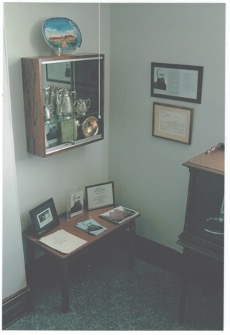
There are two historical plaques in Embro commemorating Mackay, in English, French, Chinese characters, and romanised Minnan. He deserves to be so honoured. It seems to me time that there should be a plaque honouring the Zorra Pioneers as well. This year, 2020, marks the 190th anniversary of their arrival in Oxford County. It would be an appropriate project for the Oxford Historical Society to see such a remembrance in place when we celebrate the 150th anniversary of Mackay’s arrival in Tamsui, on March 9, 2022.
In the meantime …. the Canadian Mackay Society is in the final stages of a campaign to persuade Canada Post to issue a Commemorative Stamp for Mackay on that same date. It would be helpful if members of the OxHS sign our petition to Canada Post, as well as for OxHS to write a letter of support. How wonderful it would be if at the dedication of a plaque in Embro there will also be a temporary post office at which the stamp is officially issued!
Pictured on the right is the Mackay display at the Embro Presbyterian Church, photo courtesy of Eleanor Gardhouse.
References
Austin, Alvyn (1986). Saving China: Canadian Missionaries in the Middle Kingdom 1888-1959. Toronto: University of Toronto Press.
Chen Guan-chou & Louise Gamble,eds. (2012) North Formosa Mission Reports. Taipei: The Presbyterian Church in Canada & The Presbyterian Church in Taiwan.
Fentress, James and Chris Wickham (1992). Social Memory. Oxford UK; Blackwell.
Mackay, George Leslie (1896). From Far Formosa. Toronto: Fleming Revell
Mackay, George Leslie (2015). The Diary of George Leslie Mackay 1871-1901. Louise Gamble et al. eds.
Taipei: Institute of Taiwan History, Academia Sinica.
MacKay, W,A. (1899). Pioneer Life in Zorra. Toronto: William Briggs
Mackay, W.A. (1901). Zorra Boys at Home and Abroad. Toronto: William Briggs
Rohrer, James R. (2010). “The Legacy of George Leslie Mackay”. International Bulletin of Missionary Research. Vol 34, No. 4 October 2010
Shenston, Thomas S. (1852) The Oxford Gazetteer 1852. Reprinted 1968. Woodstock: Council of the Corporation of Oxford
Steere, Joseph Beal 1873 (2002). Formosa and Its Inhabitants. Paul Jen-kuei Li, ed. Taipei: Institute of Taiwan History, Academia Sinica.
Van Die, Marguerite (2012). “Growing Up Presbyterian in Victorian Canada”: Childhood Influences and Faith Formation. In The Life and Legacy of George Leslie Mackay. Clyde Forsberg Jr. ed. Newcastle on Tyne: Cambridge Scholars Publishing

